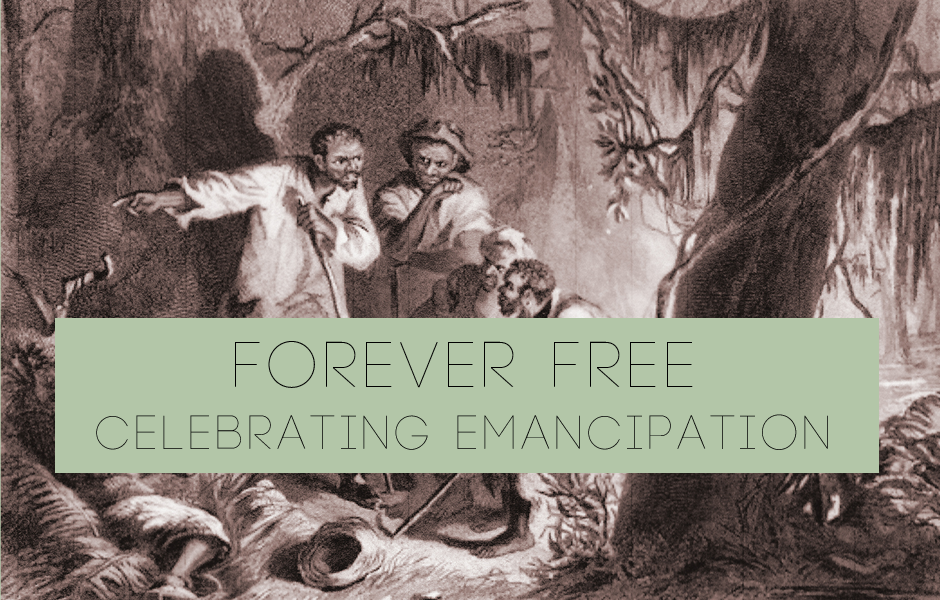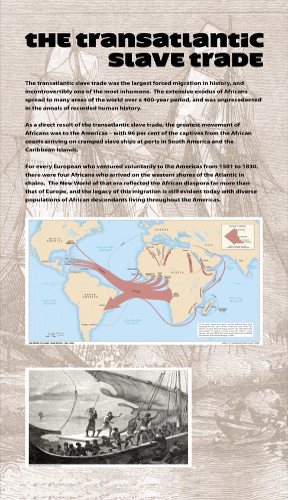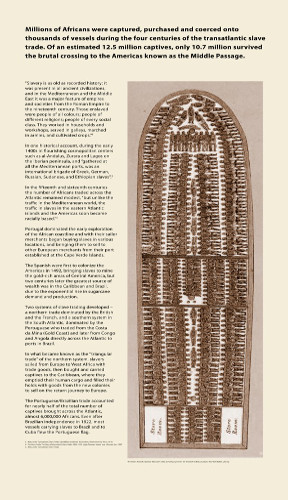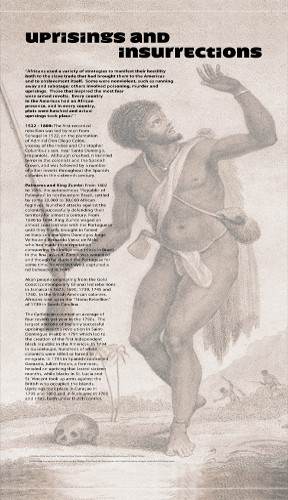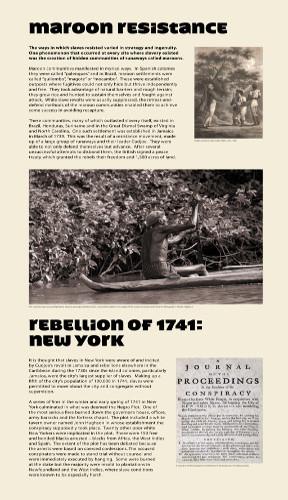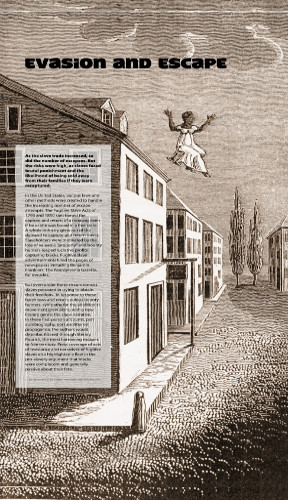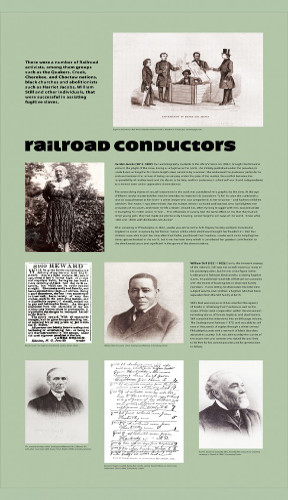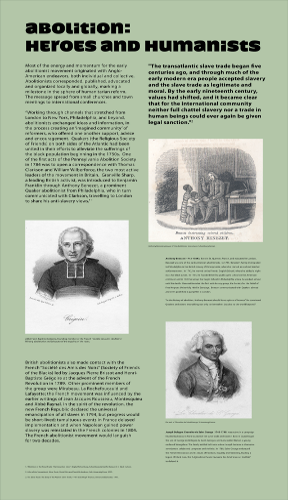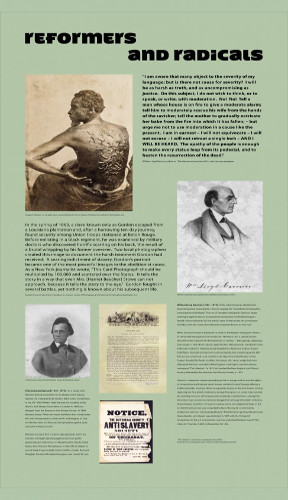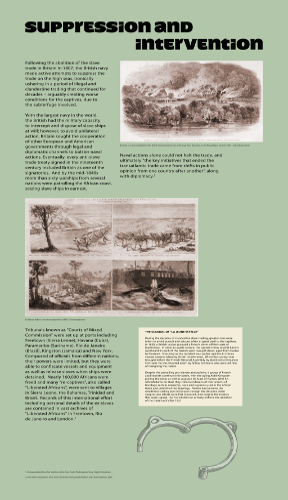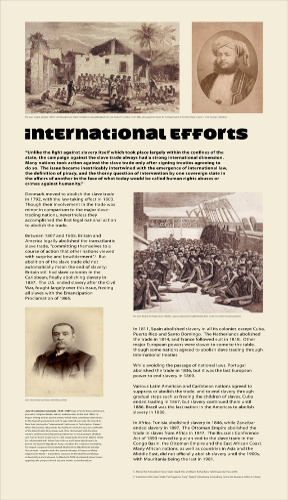Where:
United Nations Headquarters, Visitors' Lobby, Main Gallery CDate:
11 February, 2013 - 27 March 2013
Through text, images, maps, and documents, Forever Free recounts the Transatlantic Slave Trade, which involved the forced transportation of millions of Africans as slaves, mostly from West Africa to the Americas, between the fifteenth and late nineteenth centuries.
The exhibition was organized by the UN Department of Public Information (DPI) in connection with the observance of the 6thannual International Day (25 March) of Remembrance of the victims of Slavery and the transatlantic slave trade. Endorsed by the African Union and CARICOM Permanent Missions to the United Nations.
The transatlantic slave trade was the largest forced migration in history, and incontrovertibly one of the most inhumane. The extensive exodus of Africans spread to many areas of the world over a 400-year period, and was unprecedented in the annals of recorded human history.
As a direct result of the transatlantic slave trade, the greatest movement of Africans was to the Americas– with 96 per cent of the captives from the African coasts arriving on cramped slave ships at ports in South America and the CaribbeanIslands.
For every European who ventured voluntarily to the Americas from 1501 to 1830, there were four Africans who arrived on the western shores of the Atlantic in chains.
The New World of that era reflected the African diaspora far more than that of Europe, and the legacy of this migration is still evident today with diverse populations of African descendants living throughout the Americas.
The exhibit is organized by DPI in connection with the observance of the 6thannual International Day (25 March) of Remembrance of the victims of Slavery and the transatlantic slave trade. Endorsed by the African Union and CARICOM Permanent Missions building – Visitors’ Lobby.
[ Click on images to enable full-screen view ]

